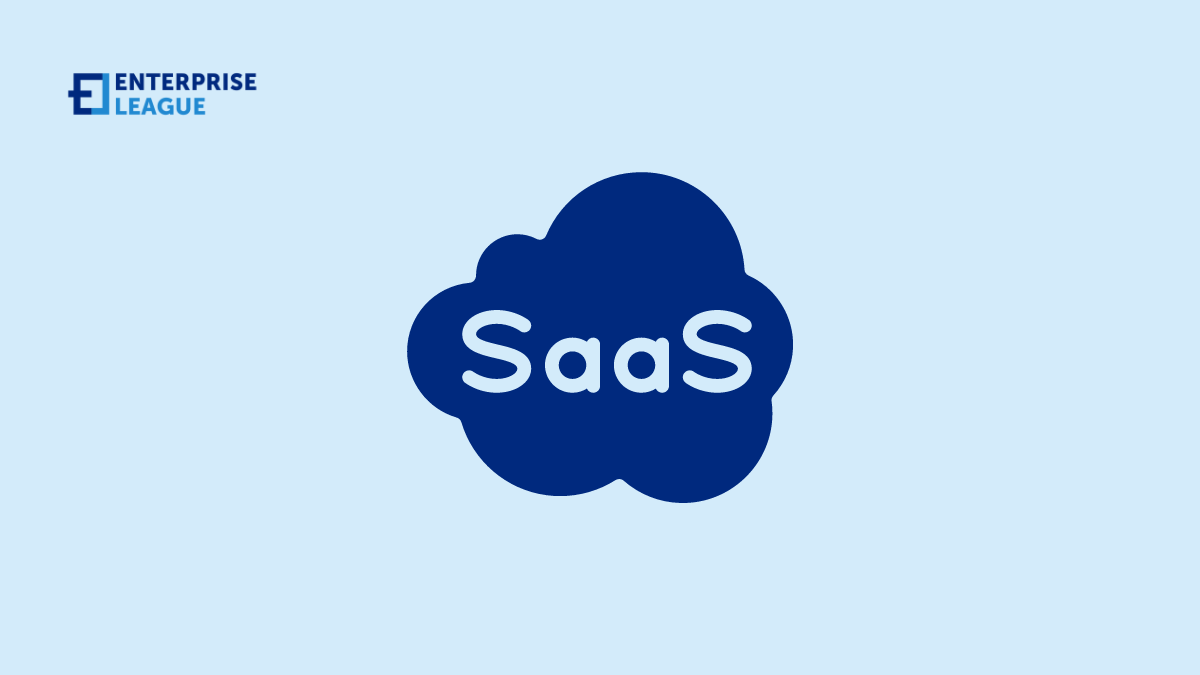There are fewer branches in the current state of IT more promising than SaaS application development. Software as Service, or SaaS for short, is on the rise in popularity, bringing a whole new variety of apps to users with remarkable convenience and affordability. With the impressive level of scalability that cloud computing brought into the industry, the amount of IoT consumers is on the rise, and SaaS development is ready to meet the demand.
But what are other defining characteristics, that make the development of a SaaS application such an attractive venture? Let’s take a closer look at some of the good, the bad, and the profitable side of things.
What makes the saas model different?
This is one of the reasons why the development of SaaS applications skyrocketed. Only in 2024, the SaaS business market is expected to see an annual growth rate of approximately 7%, which is nothing to sneeze at.
The SaaS model also offers a subscription payment model. This means there are usually several types of payments available, whether it’s monthly or yearly billing, standard or premium packages, etc. The flexible and affordable pricing tends to be a marker of convenience for those users who choose to partake.
Generally, the development of Software as a Service undergoes seven main steps:
- idea validation;
- defining requirements;
- designing UX and UI;
- frontend and backend development;
- QA testing;
- deployment of the product;
- continuous support and scaling.
It’s important to validate your idea before diving head-on into the development process. This step might make or break the whole venture, considering the potential for further scaling has basically no cap on it. Thus, you’ll need a strong concept to base your product on in the first place. Starting with an MVP first might be a good idea.
The presentation is an important part of getting the product in front of the prospects’ eyes, and convenience of use and accessibility are the aspects that will convert them into buyers.
Of course, once you get them hooked, it’s time for the key features of the application to shine. Not to mention developer support to ensure a smooth experience, regular updates, and necessary patches. Other than that, there are several sides to such ventures, that should be of notice to anyone, who decides to delve into building a SaaS application.
The pros and cons of SaaS app development
Like all things in life, the development of SaaS apps has both positive sides and some challenges too. There are several main aspects we can pinpoint.
Among the pros, there are such characteristics:
- Cost-effective. The price of the initial investment drops significantly, considering there is less need for bulky and expensive hardware. Not to mention, that payment processing from customers comes in separate chunks, which can be easier to manage, than a one-time large sum.
- Flexible. There’s truly a SaaS for every type of service on the market now, due to how flexible this model is. Not to mention its near-infinite scalability, which makes the development of SaaS apps a lucrative investment with vast opportunities for further growth.
- Automatic. There’s no need to download new updates when an upgrade rolls around. The developers can make sure, that users have instant access to new features and fresh patches as soon as they are implemented.
- Reduced Time-to-Market. There is no need for particularly complex setups of hardware or software, so the deployment of Software as a Service is rather quick and painless. And the faster you get your product to the market, to more competitive edge it gives you.
- Secure. Any reputable SaaS app development provider, like Digiteum for example, invests extensively in safety measures to ensure the security of any sensitive data. This makes such software not only available for many but also reliable and open to emergency recoveries from backup databases.
As for the cons, we can highlight the following challenges:
- Depends on the Internet connection. Of course, unlike any downloadable software, a SaaS would be heavily dependable on a stable internet connection to be functional. This is one of the drawbacks of SaaS apps compared to a classic type of program.
- Long-term costs. A subscription model requires regular investments from both service providers and customers, considering it’s ongoing payments that can add up over a longer period of time. While not a dealbreaker in itself, it’s important to keep track of fees and increasing prices.
- Challenges with customization and updates. During the SaaS application developing phase, as well as during further upgrades, compatibility issues may arise. Existing systems might show an error to new patches, and various APIs are highly dependable on the reliability of vendors. It’s a small thing but needs to be kept in check by regular troubleshooting.
As you can see, even though there are certain obstacles that appear in the way of development, most of the pros tend to outweigh them. Besides, with a reliable vendor most of the problems can be resolved smoothly, such as Digiteum.
Conclusion
SaaS application development is a highly adaptable solution for any type of business out there. If there is an industry that needs an application to provide subscription-based service to its clients, rest assured there’ll be a SaaS app ready or in development to show for it.
For its few drawbacks and challenges in development, deployment, and support, the wins outmatch the losses in the long run. There’s accessibility, infinite scalability, and rapid deployment that continues to attract new business owners and developers each day. It’s no wonder, that the SaaS market is expected to grow 214% in a decade and reach approximately $820 billion worth by 2030. Suffice it to say, it’s high time to invest in the future of your business by delving into SaaS app development yourself.
More must-read stories from Enterprise League:
- A step-by-step guide to teach you how to write a business essay.
- Benefits of owning a business according to business owners.
- How to handle a situation where employees are not getting along.
- All the reasons why we should support local businesses and shop local.
- Some of the worst business ideas you should steer clear from.
Related Articles
What are the best fire hydrant suppliers? Here are 5 options for Louisiana municipalities
Fire hydrants are among the most visible, yet often underappreciated, elements of municipal infrastructure. In emergencies, properly functioning hydrants directly impact how effectively firefighters can control blazes, protecting lives, homes, businesses and public...
Best 1800 Number Providers In Australia
If you're operating a business in Australia, it's in your best interest to invest in the right tools to give you an advantage in your respective field. One tool that many local entrepreneurs often overlook is a business number, particularly an 1800 number. 1800...
Where to Find Affordable Election Services for Unions
Every year, thousands of labor or trade organizations across the country hold elections to choose representatives. This creates a demand for affordable election service providers that help unions manage the logistics. Election services for unions come in many...
What are the best fire hydrant suppliers? Here are 5 options for Louisiana municipalities
Fire hydrants are among the most visible, yet often underappreciated, elements of municipal infrastructure. In emergencies, properly functioning hydrants directly impact how effectively firefighters can control blazes, protecting lives, homes, businesses and public...
Best 1800 Number Providers In Australia
If you're operating a business in Australia, it's in your best interest to invest in the right tools to give you an advantage in your respective field. One tool that many local entrepreneurs often overlook is a business number, particularly an 1800 number. 1800...






